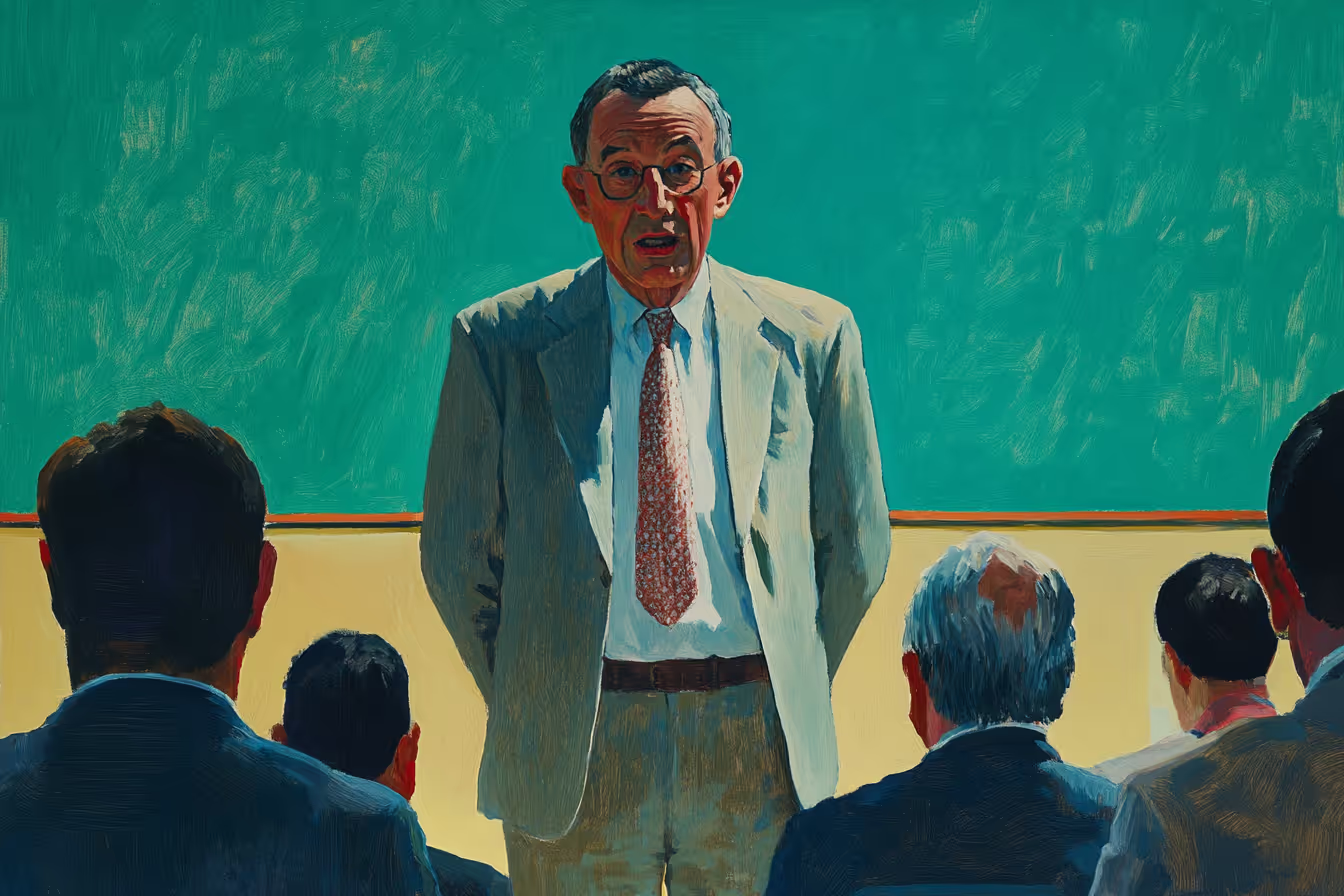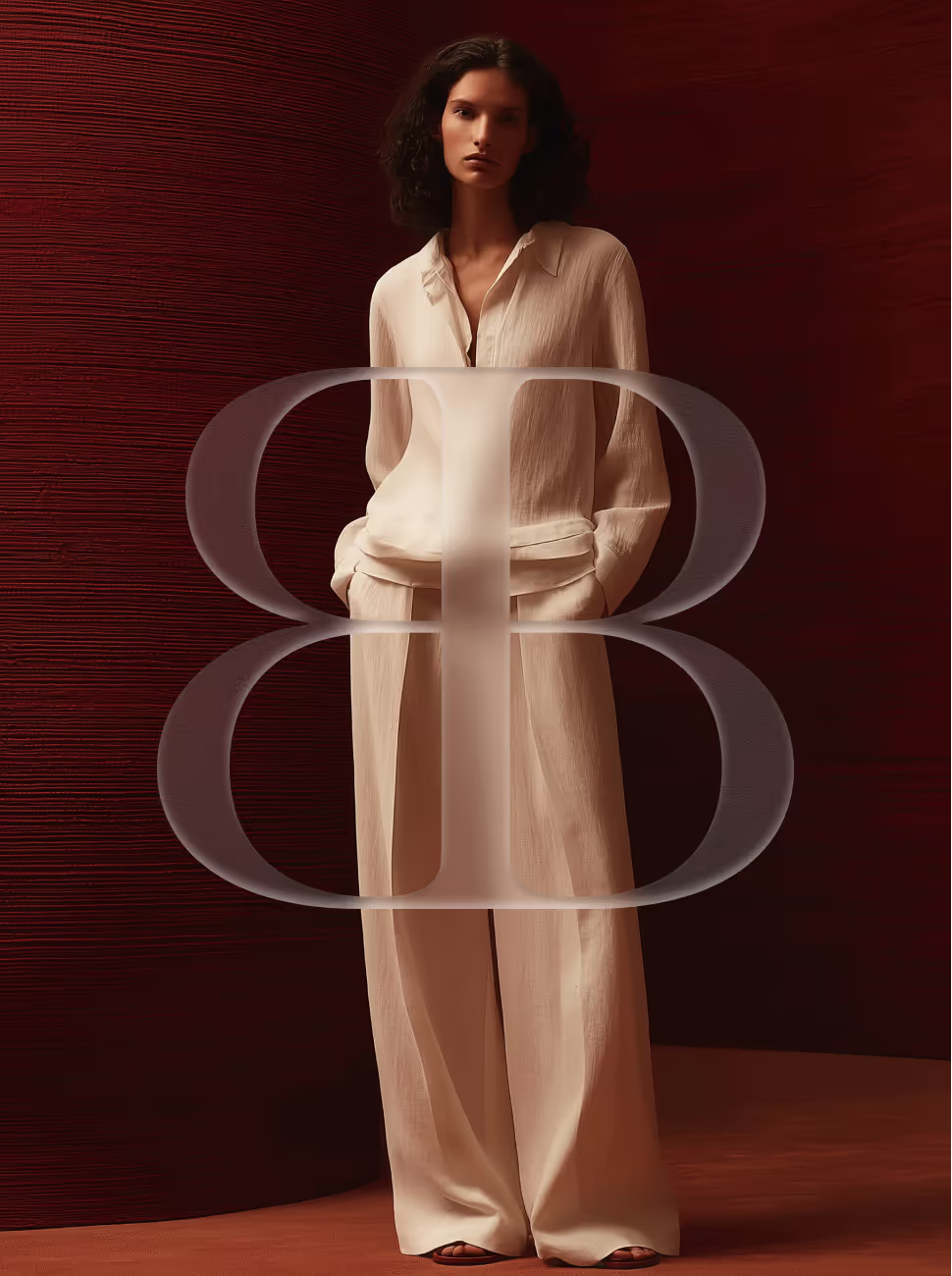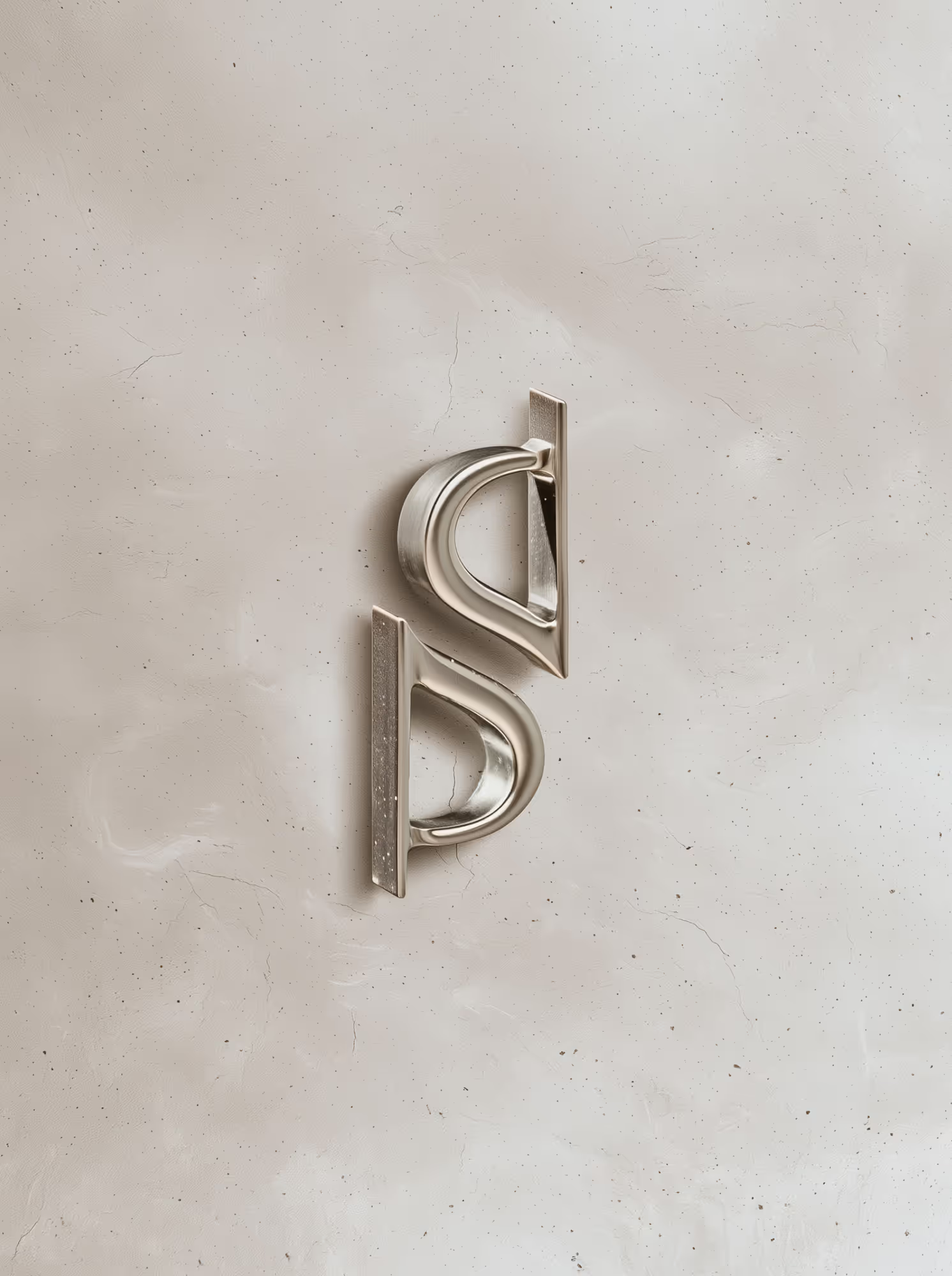
The Thin Line Between Inspiration and Copycat in Design
Have you ever come across a design and immediately had the sense that you've seen it somewhere before? 😮 It's as if you just saw an almost identical version of it on a different website or social media platform. As a designer, you may


You're an entrepreneur, launching your Ai startup. You want to quickly execute a branding exercise to talk to investors and attract leads and you go on Pinterest or Instagram to get inspired. You see a logo that inspires you and you would like the same one. You think it's gonna look great and do the job.
Have you heard about the term "blanding": branding & blend? Today most branding looks the same, but when do we cross the line? When is it actually copying other work?

Navigating the Fine Line: Embracing Inspiration without Plagiarism
Have you ever wondered why we often perceive that everyone is copying the person next to them? This is particularly evident in the field of design, where we frequently find ourselves in situations where designers appear to mimic one another.
It is intriguing to explore the underlying reasons behind this phenomenon. It all comes down to a fundamental aspect of human psychology - our brains have an innate craving for familiarity. We are naturally drawn to things that we have encountered before, as they provide a sense of comfort and reassurance.
This fascinating cognitive phenomenon is known as the "rehearsal effect" - a mechanism through which our brains process and interpret familiar stimuli more effectively than unfamiliar ones. By understanding this complex interplay between familiarity and perception, we gain deeper insights into the intricate workings of our minds and how they shape our experiences in the creative realm.
Transforming Perception: Strategies for Avoiding the Copycat Label in Design
Modern society, with its rapid technological advancements and widespread use of social media, has significantly impacted the way we experience design.
Today, designs are shared, liked, and retweeted across various platforms at lightning speed, thus triggering what's known as the "network effect."
It's not always a deliberate act of plagiarism, but a natural outcome of the increased visibility and accessibility of creative works. But it's not just that, societal trends and shared aesthetics also play a role. Designers, are influenced by the zeitgeist, the prevailing mood or spirit of the times, which is reflected in their work.
We instinctively gravitate towards designs that resonate with the current cultural or aesthetic trends by using generational trend, contributing to the perception of similarity or "copying".
Making It Your Own Design to Ensure Originality and Creativity
When it comes to the line between inspiration and copying other designers, it can sometimes feel subjective. However, the key lies in starting with your own ideas from scratch. 🖌️
Replicating someone else's design element by element is undoubtedly copying and lacks originality. On the other hand, drawing inspiration from the same layout or color scheme and applying it to something different reflects the ability to be inspired by existing designs and create something unique and innovative.
The goal here is not to reinvent the wheel, especially when it's a wheel that has been rolling for decades, works perfectly fine, and seems appealing. But by adding your own twist and personal touch, you can transform and adapt elements of existing designs into something fresh and original.
As designers, we all have our sources of inspiration, you must adhere to a well-defined code of ethics. It serves as a cornerstone for upholding the integrity and professionalism of design. So, when we draw inspiration from another designer's work, let's make sure to give proper credit where it's due! Other talented designers, the awe-inspiring beauty of nature, the soul-stirring melodies of music, and even the captivating stories woven by history. It's perfectly fine to draw inspiration from others, but it's important to understand that being inspired by someone else's design doesn't automatically imply copying it.
True inspiration lies in taking that initial spark and infusing it with your own creativity, adding your unique touch to transform it into something that is authentically and distinctly yours. It's this process of personal interpretation and reinvention that gives birth to truly remarkable and original designs, showcasing your individuality and creativity to the world. ✨🎨
Understanding the Impact of Plagiarism in the Design Industry
Here's an interesting question: Is it a good idea to copy designs from other designers? Well, the resounding answer is a definite NO!
It is crucial to understand that one should never replicate or imitate designs created by others and pass them off as their own. Such behavior is not only unethical but also detrimental to both the original designer's reputation and your own professional integrity. But don't worry, you are a great and confident designer! 💪 By respecting the creative work of others and nurturing your unique design approach, you not only uphold the principles of integrity but also foster an environment of innovation and authenticity in the design community.
The Consequences of Copying in Design: Notable Examples
Apple vs. Samsung (2011): One of the most famous cases of design imitation occurred between tech giants Apple and Samsung. Apple sued Samsung for copying the design of their iPhone, including its rectangular front face with rounded edges and the arrangement of icons on the screen. The litigation, which lasted for seven years, resulted in Samsung paying $539 million to Apple. This case underscores the importance of originality and the severe consequences of copying in the design industry.

Gucci vs. Guess (2012): In the fashion industry, Gucci accused Guess of copying their interlocking "G" pattern. The court ruled in Gucci's favor, determining that Guess had infringed on their trademark design. This legal battle served as a stark reminder of the potential legal repercussions of design plagiarism and the necessity of maintaining authenticity in design.

Alexander McQueen vs. Steve Madden (2009): Designer Alexander McQueen sued Steve Madden for copying his "Faithful Bootie" design. The court sided with McQueen, and Steve Madden had to pay damages. The impact of this case reverberated throughout the fashion industry, highlighting the significant financial and reputation-related costs associated with design copying.

At The Bract Agency, we make sure to create unique branding and overall design of your brand. We know how important it is for you to be memorable, and we know that we must create a difference if we want you to create a lasting impression! So, obviously, we start from scratch all our design process. Are you interested in working with us? Contact us if you need anything.
And have a great day!








